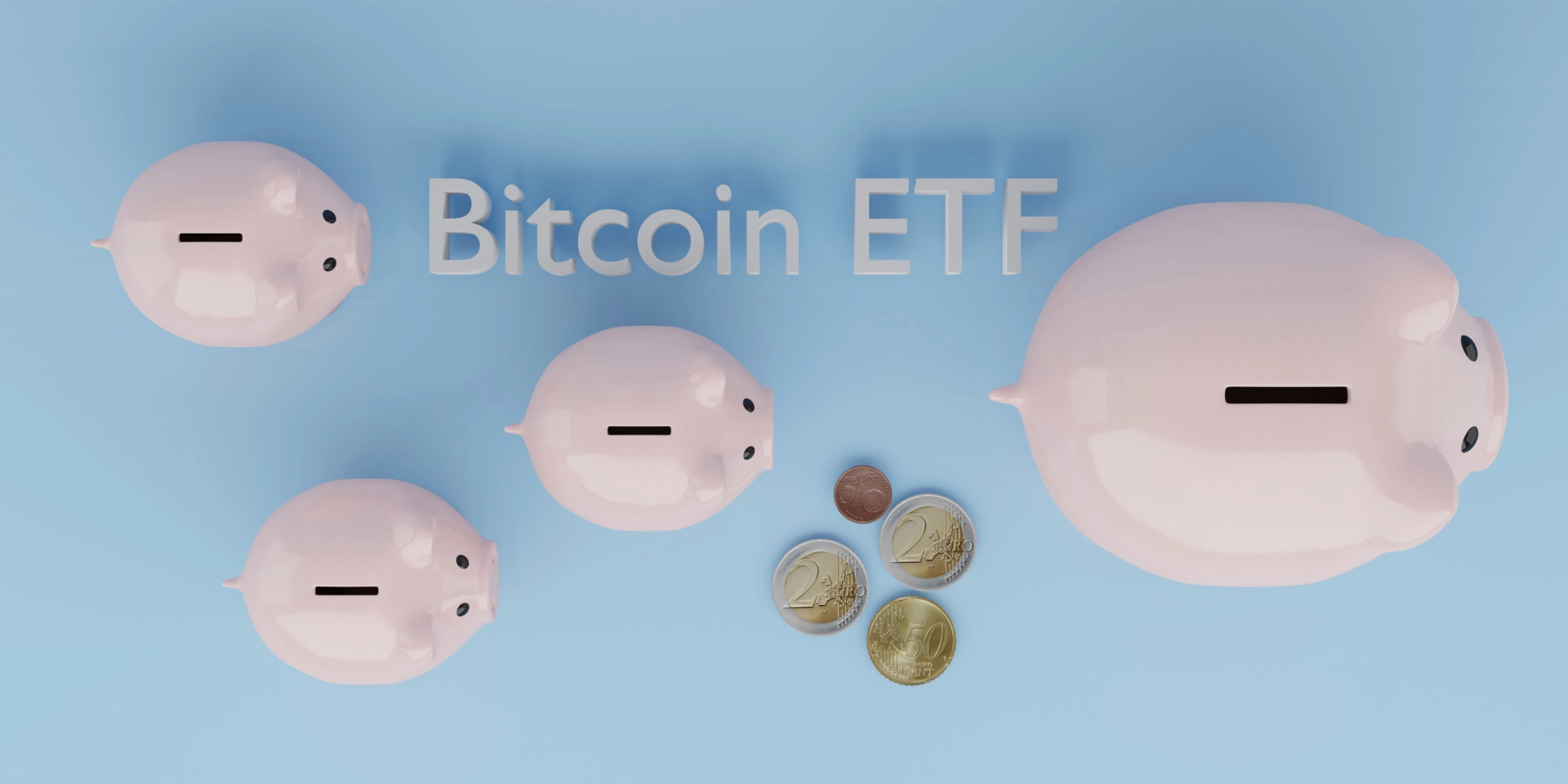- JPMorgan launched a digital deposit token called JPMD on Coinbases Base network.
- The token is pegged to the US dollar and targets institutional payments.
- JPMD offers faster transactions with lower costs than traditional systems.
- Unlike stablecoins, it is issued by a regulated bank and tied to deposits.
- The pilot marks a major step in bringing blockchain to mainstream finance.
JPMorgan Chase & Co. (JPM) shares show volatile trading, with the stock peaking above $270 in the late morning before trending downward in the afternoon. It closed at $269.52, down 0.31%.

The JPMorgan Chase (JPM)
JPMorgan Partners with Coinbase to Launch JPMD Token on Base
JPMorgan will pilot the JPMorgan Deposit Token (JPMD), a USD-pegged digital token built on Base, a layer-2 blockchain developed by Coinbase. The bank will transfer a fixed amount of JPMD tokens to Coinbase for custody targeting institutional transaction efficiency. The initiative will allow selected clients to process near-instant payments using blockchain infrastructure.
Base enables fast, low-cost transfers while JPMorgan aim to leverage this for more scalable fund movements. JPMD functions as a permissioned deposit token, directly representing U.S. dollar deposits held at the bank. Unlike stablecoins, it is issued by a regulated bank and tied to customer account balances.
The bank expects to run the pilot for several months before scaling access to more clients and currencies. JPMorgan believes deposit tokens offer advantages such as compliance, scalability, and integration with traditional banking systems. Expansion will depend on performance metrics and regulatory feedback.

According to the bank, JPMD is not a typical stablecoin but a regulated deposit token designed for institutional use. It reflects the banks commitment to bridging traditional finance with public blockchain platforms. Unlike most stablecoins, JPMD may also integrate deposit protection and interest-earning features in the future.
JPMorgan sees deposit tokens as more scalable due to fractional reserve backing and closer alignment with central banking norms. This positions JPMD as a more compliant and institution-friendly alternative to existing crypto-native assets. The bank believes the move enhances trust and control for high-volume users.
The Kinexys division at JPMorgan, which developed JPMD, stated that the product will increase digital transaction capabilities across financial institutions. The underlying infrastructure already handles up to $2 billion in daily volumes. JPMorgan aims to boost network capacity further as demand grows.
Institutional Adoption of Blockchain Accelerates with JPMorgans Onchain Integration
The launch of JPMD marks the first time a major U.S. commercial bank deploys a deposit token on a public blockchain. This development signifies a broader institutional shift toward blockchain adoption in regulated finance. JPMorgans move may encourage similar initiatives from other global banks.
Coinbases Base network, which powers the token, offers sub-second settlement and minimal transaction fees. These capabilities aim to modernize how institutional clients manage capital flows and execute payments. Faster settlements could enhance liquidity and reduce reliance on legacy payment systems.
The banks trademark filing for JPMD also hints at broader ambitions in digital assets beyond just transfers. Services under the trademark may include trading, exchange, issuance, and payments using digital currencies. The pilot program sets the stage for full-scale integration if successful.




